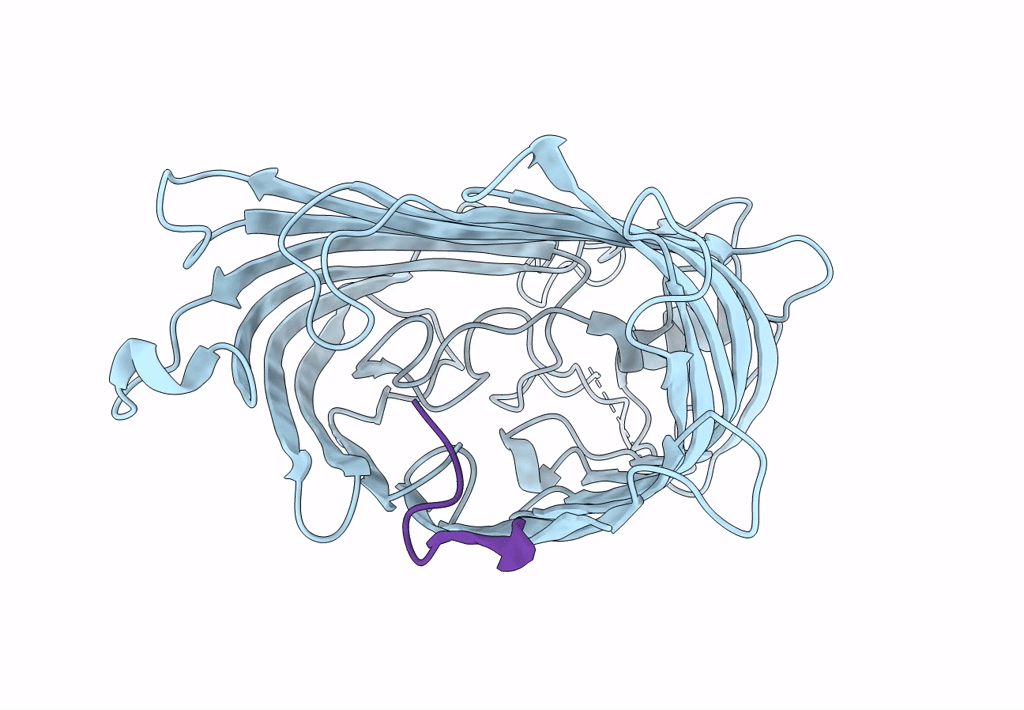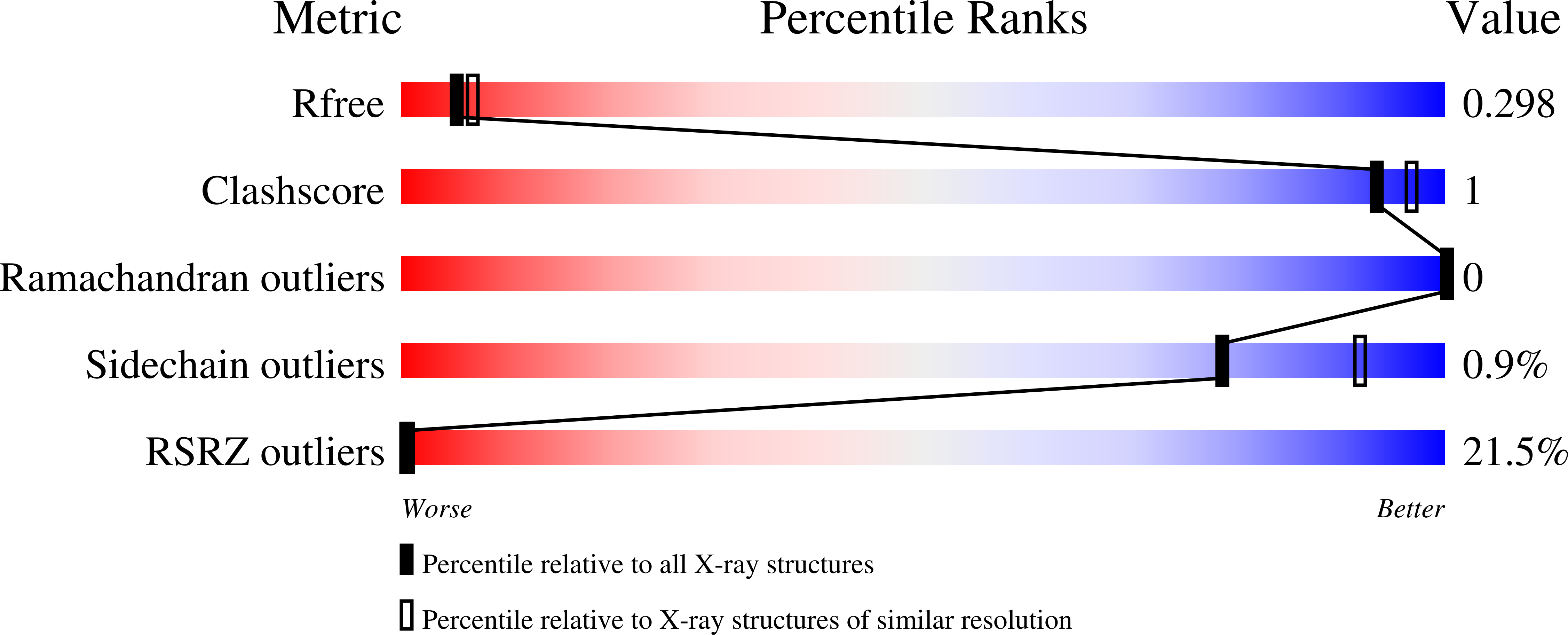
Deposition Date
2022-02-03
Release Date
2022-09-28
Last Version Date
2024-04-03
Entry Detail
PDB ID:
7R1V
Keywords:
Title:
Crystal structure of E.coli BamA beta-barrel in complex with dynobactin A
Biological Source:
Source Organism:
Escherichia coli O157:H7 (Taxon ID: 83334)
Photorhabdus australis (Taxon ID: 286156)
Photorhabdus australis (Taxon ID: 286156)
Host Organism:
Method Details:
Experimental Method:
Resolution:
2.50 Å
R-Value Free:
0.27
R-Value Work:
0.24
R-Value Observed:
0.24
Space Group:
P 21 21 21


